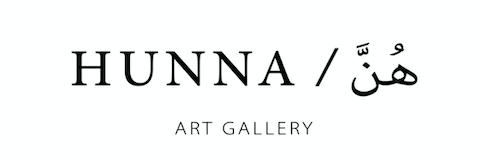Alymamah Rashed, a Kuwaiti visual artist, draws inspiration from her upbringing and experiences in Kuwait, as well as her time in New York. Born and raised in a small household in Kuwait, she pursued her Bachelor’s degree at the School of Visual Arts in New York, working in galleries and at the Museum of Modern Art during her studies.
Alymamah explores topics of identity and the natural environment through the story of her body, fluctuating between perspectives of the east and the west. Her work negotiates her female subjectivity in relation to regional folklore, the banal objects she encounters everyday, and her local botanical finds. She was also a fellow at the Professional Development Initiative Program sponsored by the National U.S-Arab Chamber of Commerce, Kuwait Ministry of Higher Education, Embassy of Kuwait, and the Kuwait Foundation for the Advancement of Sciences. Her work has been published in Harper’s Bazaar Arabia, Vogue Arabia or Architectural Digest.
(...)
١. How has your youth in Kuwait and in New York influenced your work?
I was born and raised in a very small household in Kuwait. At the age of seventeen, I decided to pursue my Bachelor at the School of Visual Art in New York, and I ended up staying in New-York for seven years. During my studies, I worked in multiple galleries and at the Museum of Modern Art. I went through a lot of fluctuations within my career.
At that time in Kuwait, there wasn’t much context in regards to art, despite our rich history in Arab art. When it came to art schools and other disciplines within the arts, there was a complete lack of focus. I remember that my school had a few art classes like art history, drawing, and ceramic. I took all of them, that was my way of defining what my stories and my experiences were as I was growing up. I didn’t think that art could be a career because I hadn’t seen any example around me.
(...)
٥. Your last exhibition, Earth can be as dead as it can be alive, was in Failaka Island, in Kuwait, could you explain to us why you chose this island?
Earth can be as dead as it can be alive, is the result of a one year residency that I had for Dar Fikar. It has been my most long term project, marking the launch where various collaborators, including my friends and I, worked together. My access to Failaka began while I was working at the Kuwait National Museum. I had been exposed to the archaeological world for two years prior to this residency. Visiting the archaeological sites on Failaka Island and assisting the excavation teams heightened my fascination with our rich, yet often overlooked, history in Kuwait. Many are unaware of the existence of such artifacts.
We all share a profound curiosity about the island. Failaka embodies fluidity, it pulsates with life despite its apparent destruction, having been touched by civilizations over the past five thousand years until today. It holds a wealth of mythology intertwined with its archaeological history and the folklore surrounding its existence. Additionally, the island’s botanical and geological aspects add layers to its allure. Just a thirty-minute ride from the mainland, visiting this space became a process of collecting objects and immersing myself in their essence. I found myself captivated by the environment, deeply absorbed by its essence. Each visit brings forth something new to explore on the island.
(...)
---
Continue reading on KHAMSA.

